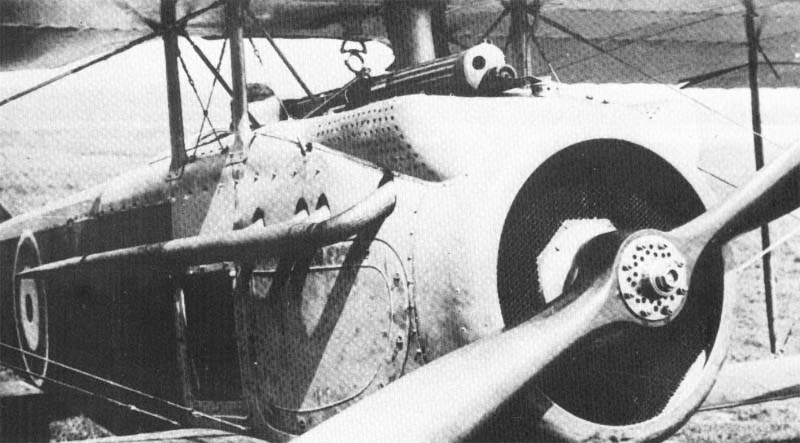According to the ACC accident report, “classified material” had been loaded the morning the B-2 Spirit crashed
The video in this post shows the first-ever crash of a U.S. Air Force (USAF) B-2 Spirit Stealth strategic bomber. It was recorded on February 23, 2008, at Andersen Air Force Base (AFB), Guam.
On board the B-2 Spirit of Kansas, 89-0127, two pilots from the Whiteman AFB, Missouri-based 509th Bomb Wing ejected.
According to an Air Combat Command (ACC), accident investigation report published on June 5, 2008, distorted data introduced by a B-2 Spirit’s air data system skewed information entering the bomber’s flight control computers ultimately causing the crash of the aircraft on takeoff.
The information in the bomber’s air data system was corrupted during air data calibration due to moisture in the Port Transducer Units (PTUs), which led the flight control computers to calculate an incorrect airspeed and a negative angle of attack (AOA) upon takeoff. This resulted in a “uncommanded 30-degree nose-high pitch-up on takeoff, causing the aircraft to stall and its subsequent crash,” according to the report.
This accident was significantly influenced by moisture in the PTUs, erroneous airspeed, a negative AOA calculation, and low altitude/low airspeed. Another substantial contributing factor was the ineffective communication of critical information regarding a suggested technique of turning on pitot heat in order to remove moisture from the PTUs prior to performing an air data calibration.
The co-pilot sustained a spinal compression fracture during ejection whereas the pilot suffered only minor wounds. He received care at Tripler Army Medical Center in Hawaii before being released. The lost aircraft was estimated to be worth $1.4 billion.
The bomber had “classified material” placed onboard it the morning it was returning to Whiteman AFB “after a four-month deployment in support of Pacific Air Force’s continuous bomber presence,” according to the ACC accident report.
After the disaster, a B-2 that was already in the air was called back to Andersen, where it and the other B-2s were grounded while the crash’s preliminary investigation was being conducted. Six B-52s from Barksdale Air Force Base in Louisiana’s 2d Bomb Wing’s 96th Bomb Squadron were sent to replace the B-2s.
Following the incident, Brig. Gen. Garrett Harencak, the commander of the 509th Bomb Wing, briefly suspended flying operations for all 20 of the remaining B-2s in order to evaluate procedures. According to Harencak, the suspension was a “safety pause,” and the B-2s will resume flying if necessary for urgent operations. On April 15, 2008, the B-2 fleet resumed its flight operations.
Photo by Federal Aviation Administration




















